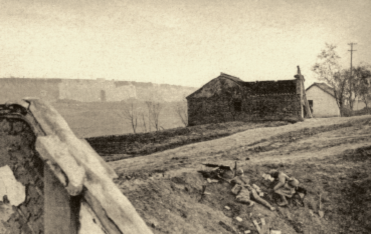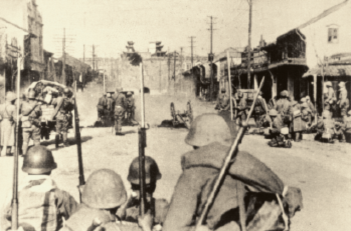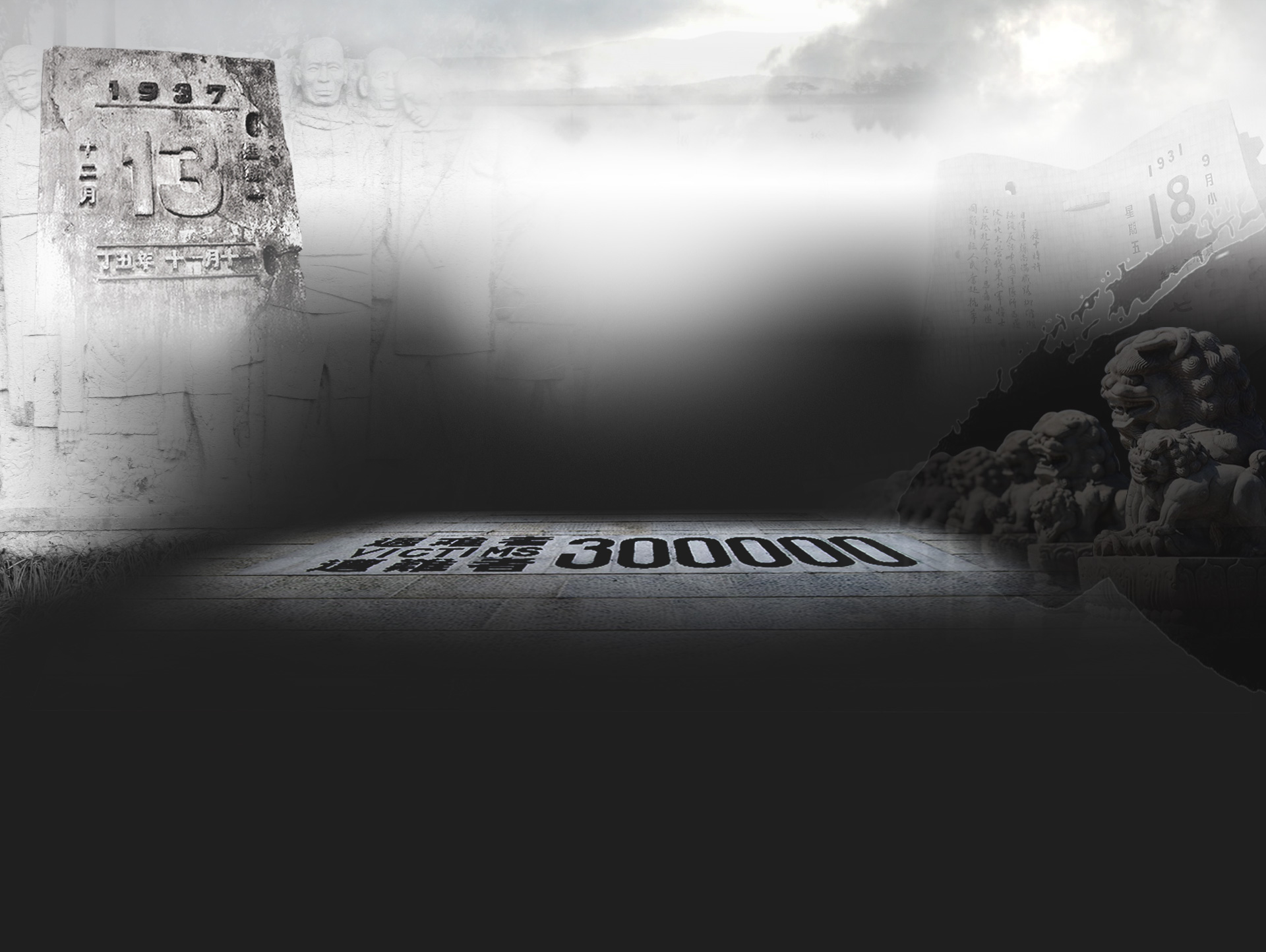Part I
Heroic Defense of Nanjing
Introduction
On July 7, 1937, Japan deliberately created the Lugou Bridge Incident, also known as the Marco Polo Bridge Incident, which marked the beginning of a full scale invasion of China. On Aug. 13, the Japanese army invaded Shanghai, and encountered fierce resistance from the Chinese army. On Nov. 12, Japan captured Shanghai, and began attacking Nanjing. The Chinese government appointed Tang Shengzhi to command the Nanjing Defense Force on Nov. 24, and mobilized more than 100,000 soldiers for the defense. On Dec. 1, the Japanese general headquarters ordered to capture Nanjing, with more than 100,000 well-equipped soldiers attacking the city from directions. In poor condition and equipment, the Chinese defending army waged a life-and-death battle with the enemy.

The Japanese army was attacking the Guanghua Gate, Nanjing.

The Japanese army was attacking the Zhonghua Gate, Nanjing.
More Information
Colonel Xie Chengrui of the Teaching Corps led his soldiers in the Guanghua Gate battle. Around 08:00 on Dec. 10, 1937, the Japanese army smashed its way into the Guanghua Gate. Colonel Xie and his death squad carried buckets of oil up to the watchtower of the city wall, and then threw them and torches down into the Japanese soldiers. The Japanese soldiers ran in all directions before a big fire which killed all those hiding in the Guanghua Gate. In poor health condition, Colonel Xie was also burnt by the fire. He died due to exhaustion when they retreated to the Yijiang Gate.
